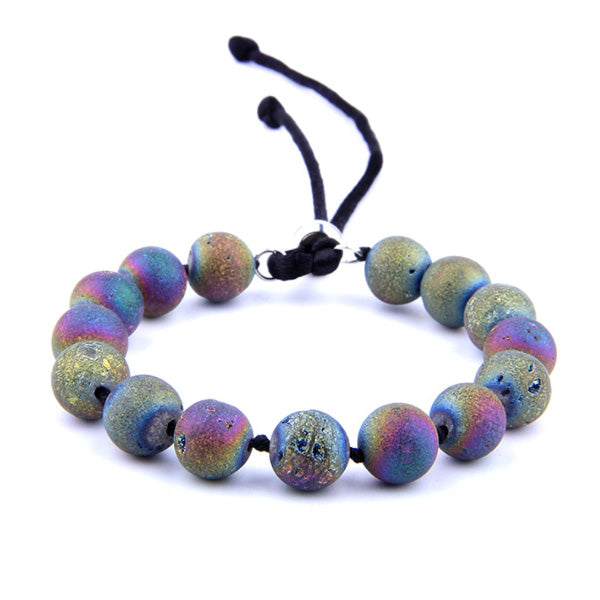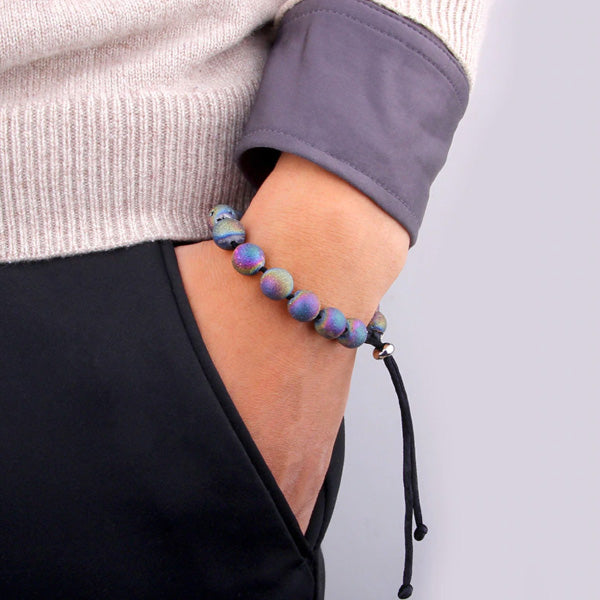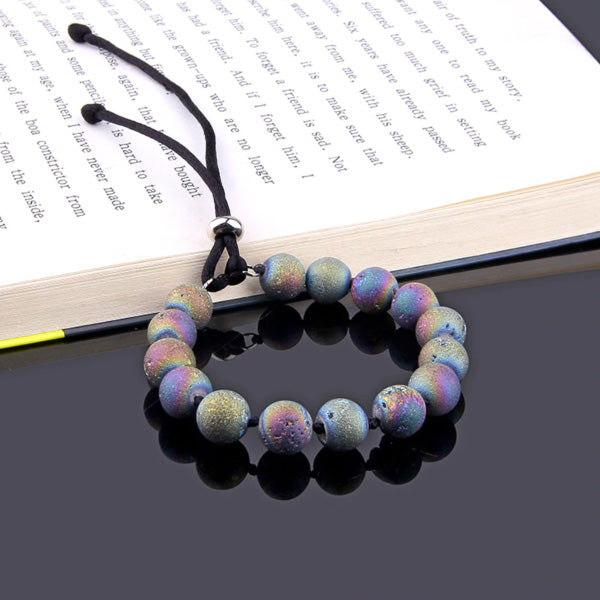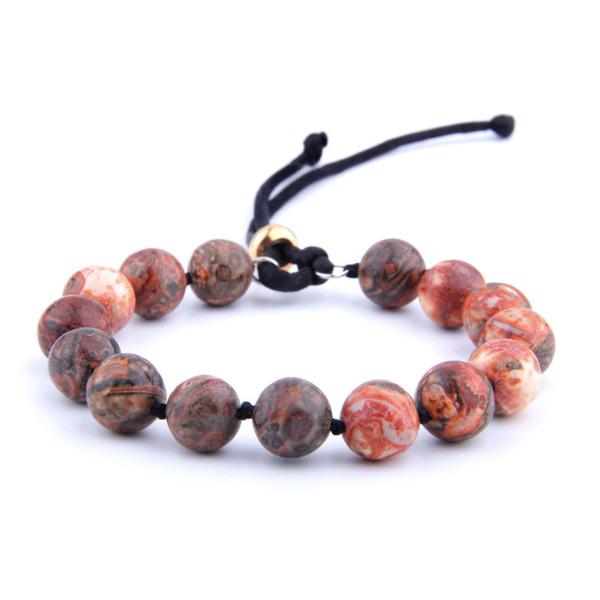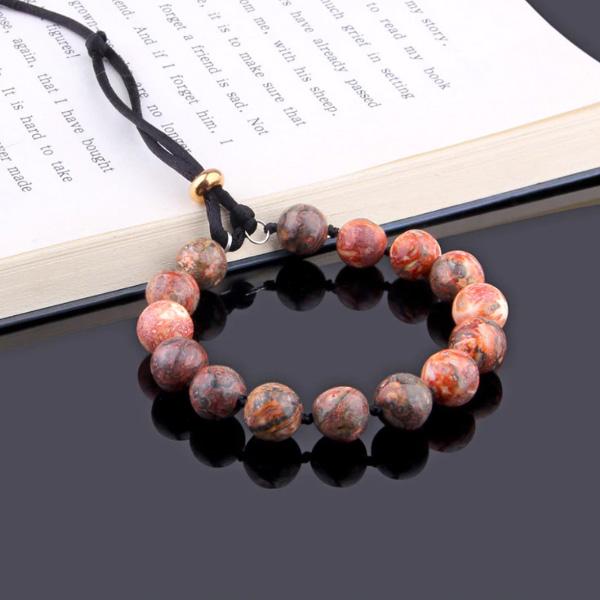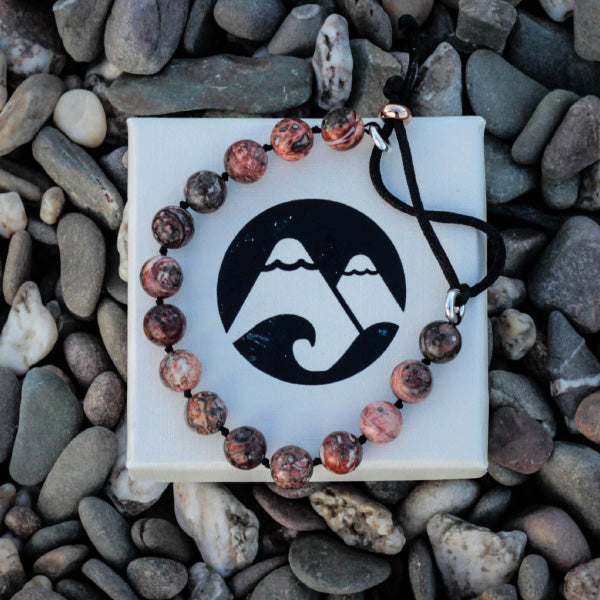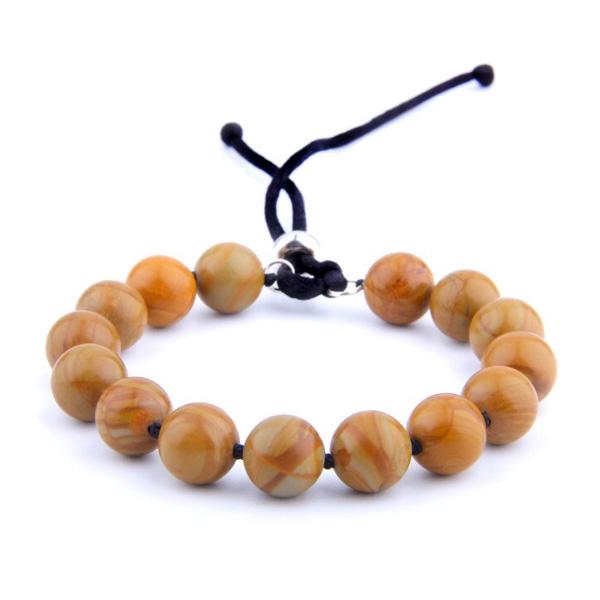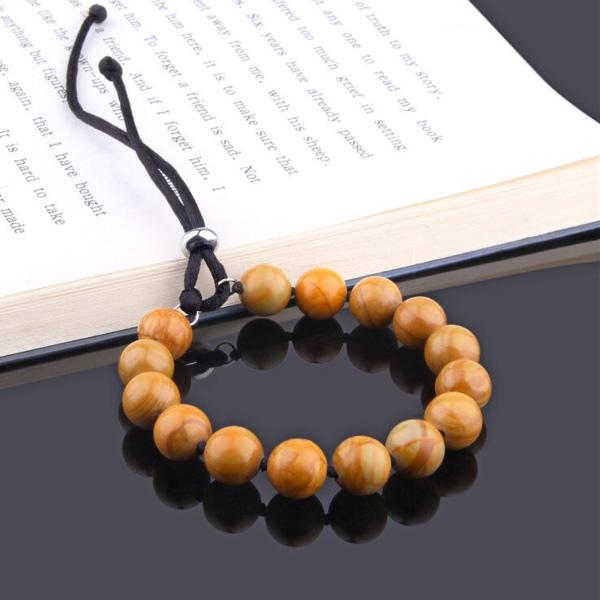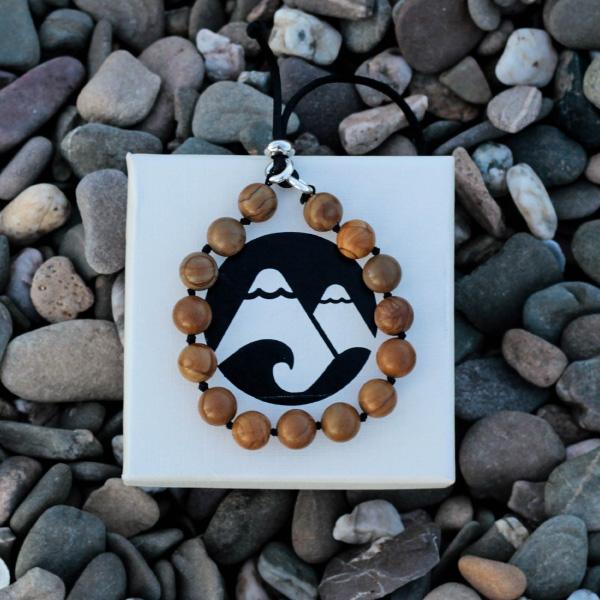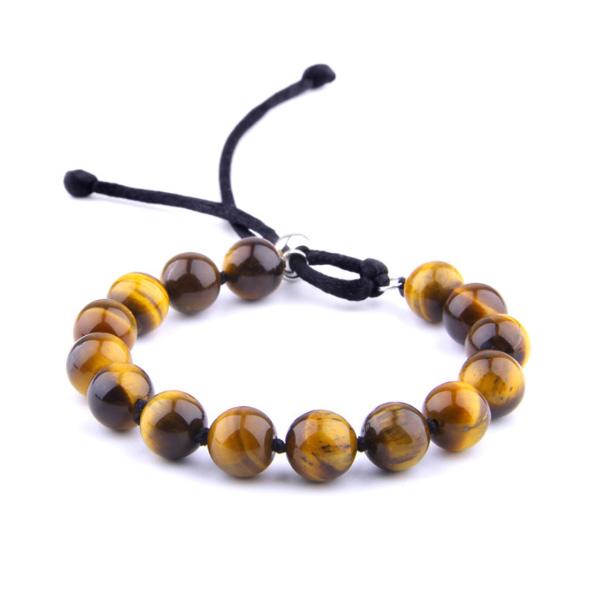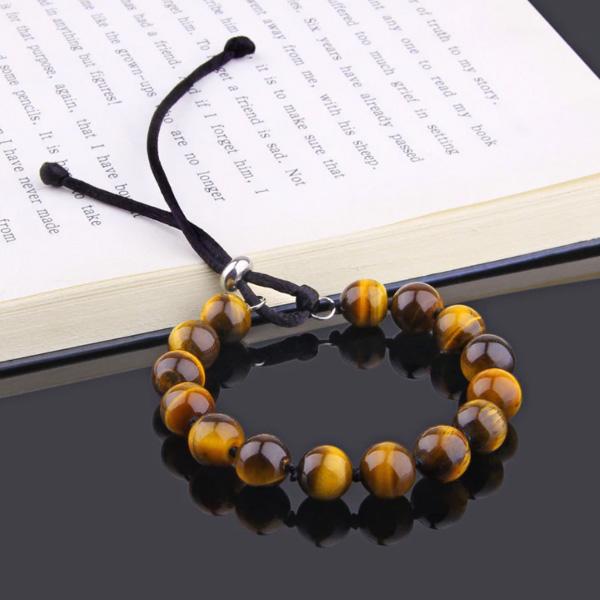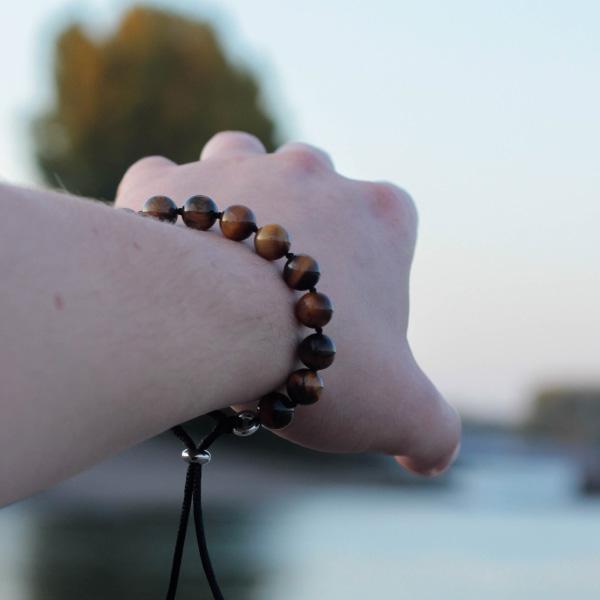What is Eco Light with 3 Useful Advices
The average length of sleep for an adult is just under seven hours. However, depending on the season, the availability of daylight in certain areas varies between 8 and 16 hours. This means that between one and nine hours of the day, you need light sources other than sunlight. For thousands of years, man has used open fire for this purpose. Not only as a classic wood fire, but especially in the form of torches, pine chips and candles.

With the invention of gas lamps and later electric light, brightness became available even faster and more efficiently, and it was also significantly cheaper. Light is now hardly a significant cost factor - unfortunately, one could say. Many light sources are inefficient and thus use more electricity than necessary; that pollutes the environment. Also, there is the unconscious use of artificial light.
Excessive use of artificial light sources consumes electrical energy unnecessarily and has massive effects on the environment. Billions and billions of insects and migratory birds are also irritated by the unnatural light, as are many plants and animals. The effects on humans are controversial.
Nevertheless: Our everyday life in its current form is no longer conceivable without artificial light. This raises the question of how light can be generated as sustainably and sensibly as possible. Of course, energy consumption plays a significant role here, but these two factors are also important:
- The light source should be sustainable. This includes the entire service life of the light source: the manufacture, the expected service life, but also options for environmentally friendly disposal.
- The light generated should be perceived as pleasant and useful. If you make yourself comfortable with a book in the evening, you usually prefer subdued, warm glow. For work that requires precision, a light that is as true to daylight as possible and reasonable color rendering is required. A good light source should not flicker restlessly and be noiseless.
In this article, we will cover up circumstances surrounding our classical lightbulb, the future of lightbulbs, and useful advice for you to become environmental in your household.
The lightbulb - an addendum
Many people still regard the light bulb - banned in the entire EU since September 1st, 2012 - as the (electrical) light source with the most pleasant color spectrum. But with that, all the advantages of the light bulb are already mentioned. A full 93% of the energy used is not converted into light, but into heat by the light bulb. It is more of an electric heater that also produces light. Besides, there is a short service life of around 1000 operating hours on average.
Nice light, but inefficient and short-lived.
Individual models can also last significantly longer. However, the duration of the switching cycles is decisive for the service life of light bulbs. It is the strong inrush currents that bother the filament and ultimately let it burn out.
It is also true that the manufacturers invested a lot of work to standardize the service life of the light bulbs to around 1000 hours. It is not entirely clear whether this was a deliberate shortening of lightbulbs' lifespan to boost sales. The manufacturers argue that a light bulb's lifespan depends on the power consumption and the brightness of the bulb.
If you want to increase the service life with the same brightness, you have to increase the power consumption.
Even the LED also has a small catch: The light from an LED is always directed and has a certain angle of radiation, whereas energy-saving lamps and light bulbs emit light more or less evenly in all directions. Manufacturers counter this problem by installing several LEDs in a lamp base and also using light-diffusing elements.
Benefits of LEDs
With the current technologies, it is possible to manufacture so-called full spectrum LED lamps. These should come exceptionally close to natural daylight. The manufacturers promise that
- there will be a positive effect on health, signs of fatigue will be prevented
- this light will be particularly pleasant for the eyes
- plants are also said to benefit from full-spectrum LEDs
- there is the effectiveness of daylight-like light in winter depression (which has been scientifically proven)
The use of "warm" light has a cozy and charming effect. We are also used to the fact that soft light always has a slightly warmer color temperature. This corresponds to our viewing habits of sunrises and sunsets, candles, or campfires. We know cold, subdued light primarily as moonlight - the result can be rapid fatigue. Neutral white light is well suited for illuminating workplaces. Daylight white is used wherever incoming daylight has to be artificially increased, for example, in galleries with large glass fronts. Otherwise, there would be irritating color shadows. Daylight white can also be used when working after dusk - many of the body's processes responsible for our sleeping/waking rhythm are dependent on daylight. The use of daylight-like light sources can reduce fatigue.
A touchable fire that works by shining orange LED light on water vapor from r/Damnthatsinteresting
However, the color temperature is not the only relevant value. The color rendering index is just as appropriate. Because two lamps with the same color temperature display white the same way but can achieve very different results with colors, low color rendering may destroy the entire room atmosphere because individual color tones are not correctly rendered.
The color rendering index indicates how similar the color rendering of a light source is to the color spectrum of a reference light source (light bulb or daylight, depending on the color temperature).
Full-spectrum lamps come close to the color rendering quality of daylight (Ra = 100) and reach values of over 90, conventional LED lights with a comparable color temperature can often be significantly lower.
While the color temperature is essential for the mood and can be selected according to needs and preferences, an unusually high value should always be taken into account for color rendering to avoid color-cast results as far as possible.
What the future brings
Two technologies are currently under development that promises further improvements. One of them is a further development of the energy-saving lamp and a further development of LED technology. The technology works without mercury and is cheaper than tricky LEDs. The light's quality should be even better than that of LEDs, and this technology should also enable higher luminous fluxes (i.e., brighter lamps), which LED technology can only achieve with bulky cooling.
The next generation of LED lamps is already in diverse use, especially in cell phone displays. We're talking about OLEDs. OLEDs are organic materials that emit light as soon as they are electrically stimulated. Like LEDs, OLEDs are very economical but have the advantage that the organic material can be applied over a large area. This makes completely new forms of lighting conceivable, such as self-illuminating ceilings. However, both technologies cannot (yet) keep up with current LEDs in luminous efficiency and service life.
Conclusion
With the current state of art, and probably for a few years to come, LED lamps are the means of choice for providing pleasant light in an energy-saving and environmentally friendly manner. They are to be preferred over the other available alternatives (energy-saving lamps, halogen lamps). It is worthwhile to get comprehensive information beforehand when buying an LED light. On the one hand, there are sometimes significant differences in quality, and, on the other hand, LED lamps to last for around a quarter of a century in everyday household use. That also justifies medium-high double-digit purchase prices but also means that you should choose the light carefully.
What steps you should take
In case you want to be more eco-friendly when it comes to choosing the right kind of lightbulb, the question is still unanswered about what steps to take. Therefore, we collected three general bits of advice you can consider while turning your household into a greener alternative:
1. The more often a lamp burns, the more it is worth replacing
Identify the greatest savings potential in your lighting. The most significant savings can be achieved by replacing lamps that are switched on for a long time every day and have a high wattage. For example, a 60 watt light bulb with a daily burning time of three hours 66 kWh of electricity per year. An equivalent LED lamp manages with 9 kWh of electricity per year with the same burning time and thus only incurs one-tenth of the electricity costs.
You should start replacing the lamp where you have identified a tremendous savings potential! Here, the purchase price of the LED lamp pays for itself due to the significantly lower power consumption and the considerably longer service life, usually within the first year.
14-feet high varnished rosewood facade on a renovated exposed brick apartment with a fig tree reaching into the living room in Valencia, Spain [2048x4337] from r/RoomPorn
2. Buy the right lamp
Make a note of the following four points for each lamp and ask the shop of your choice for advice on which LED is the right one. If you are unsure, take your old lamp with you for advice. If you buy online, check the described lamp properties before ordering.
- The right Socket type: So that you don't get a nasty surprise at home, you should look at the lamp before buying to see which socket the new lamp should have.
- Lamp shape and size: Due to their built-in cooling, LED lamps sometimes have larger dimensions than your old lamp. Please write down how big your new LED can be.
- Choose the right brightness: Select the brightness according to the purpose for which you want to use the lamp. However, it would help if you always preferred models with a good light output: the brighter a lamp (lumens) with the same wattage, the more efficient it is.
3. How to properly dispose of old lamps
Please ensure that you dispose of your old lamps properly:
- Light bulbs and halogen lamps: throw them in the general waste and never in the waste glass collection.
- Energy-saving lamps and fluorescent tubes: please dispose of them at municipal recycling centers - they contain toxic mercury!
- LED lamps: must not be disposed of with household waste as they contain electronic components. They must be disposed of as electronic waste at recycling centers or the appropriate return points in stores.
We hope you gained new insights about eco light and the possibilities to replace your old lightbulbs in a green manner. Let us know in the comments below what kind of changes you did to your household, in order to become more eco-friendly.
